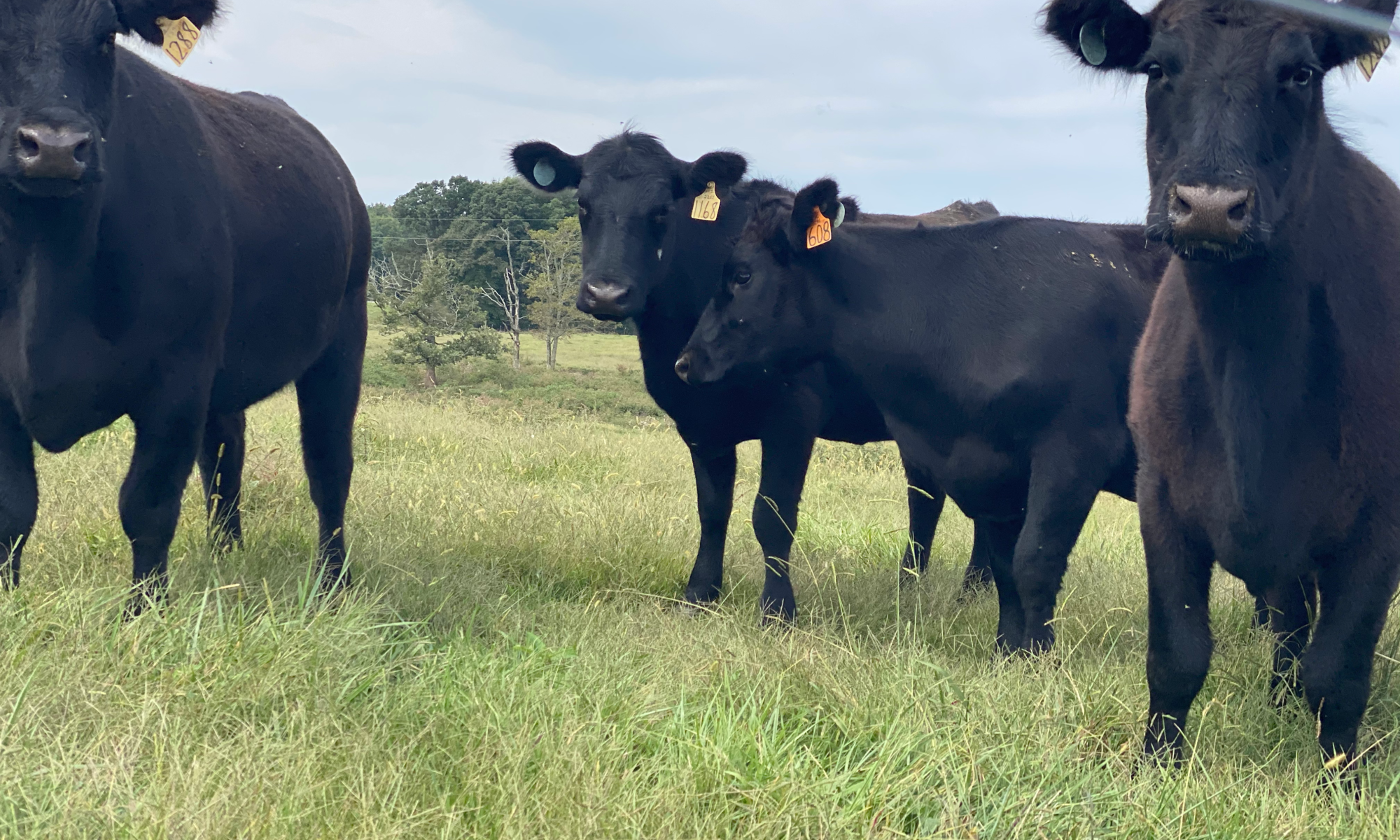

Dr. Andrew Griffith
Assistant Professor
Department of Agricultural and Resource Economics
P: 865-974-7480
It is January 1st and a new year lays out like a blank canvas ready to be painted. The options of what to paint are limitless. The canvas could be transformed from a clean white sheet to any number of landscapes. It may have some “happy little clouds” or a “happy tree” (Bob Ross). Some people may choose to paint the entire canvas black and do some shadow painting. The idea of a blank canvas sounds inviting, because the idea of starting from scratch feels like a good option sometimes. However, starting with a blank canvas is rare in life and in business.
There are certainly aspects of life that can be completely reset and that holds for aspects of the cattle business, but it is rare for a completely clean slate. For instance, a person who has been in the cow-calf business for many years could sell all of the cows and start in a different sector of the cattle business. However, this is not a completely clean slate, because they may still be left with the same piece of land they have been farming for the same number of years that has poor quality grass, new fences that seem to be in the wrong place, water sources that are pristine, and the three-legged dog that saved them from getting trampled by the cow that was the reason for selling the whole cow herd.
Despite the desire to start with a clean slate and painting a completely unadulterated portrait, most cattle producers do hot have this option. Most cattle producers that are attempting to make changes on their operation would likely relate more to a tattoo artist covering up a mistake made during a time of impaired judgement than Bob Ross painting a mountain landscape. This is the same situation many cattle producers run into when marketing cattle.
The old adage of starting with the end in mind is key to marketing. No one can take a calf from a poorly bred cow and turn it into something it never had the potential to be. On the other hand, there are many people who have the ability to turn a calf with great potential into an eye sore. Given this perspective, there are sure to be producers evaluating several aspects of cattle production and marketing to change over the next year. Some of these issues can be changed sooner rather than later while other aspects will take a little longer.
Some changes to consider include reducing the reliance on hay and purchased feed to reduce overall feed costs, using technologies such as artificial insemination to improve the quality of the calf crop and to reduce the number of natural service sires in the herd, timing of marketing, product being marketed, or changing the sector of the business in which one participates. Most operations can not change these things overnight and expect it all to be successful. However, producers can be making decisions today and planning for tomorrow in such a manner to improve the overall situation.
The reason for this discussion is because so many cattle producers are concerned with their ability to make money, and they have a fear that they will not make much money unless the price of cattle increases. With considerable certainty, cattle prices are going to increase in the next couple of years, but those years of higher prices will likely be followed by years of lower prices. The truth of the matter is that cattle producers do not control cattle prices, but those same producers do have the authority to make changes on their operations today that could and should improve their profitability. If there is nothing that can be done to improve profitability then that person may need to consider exiting the business if profitability is an objective.
The turn of the calendar to January has often been associated with making big changes, starting new things, quitting old things, and making resolutions that few people keep. The calendar should not be what dictates these changes, but rather the recognition that changes need to be made and starting that change now is better than waiting some indeterminant period. Now is the time to evaluate potential changes to the operation, because things are not going to get easier with time. The same can be said for personal changes. A person cannot harvest a forest if they never cut the first tree.
